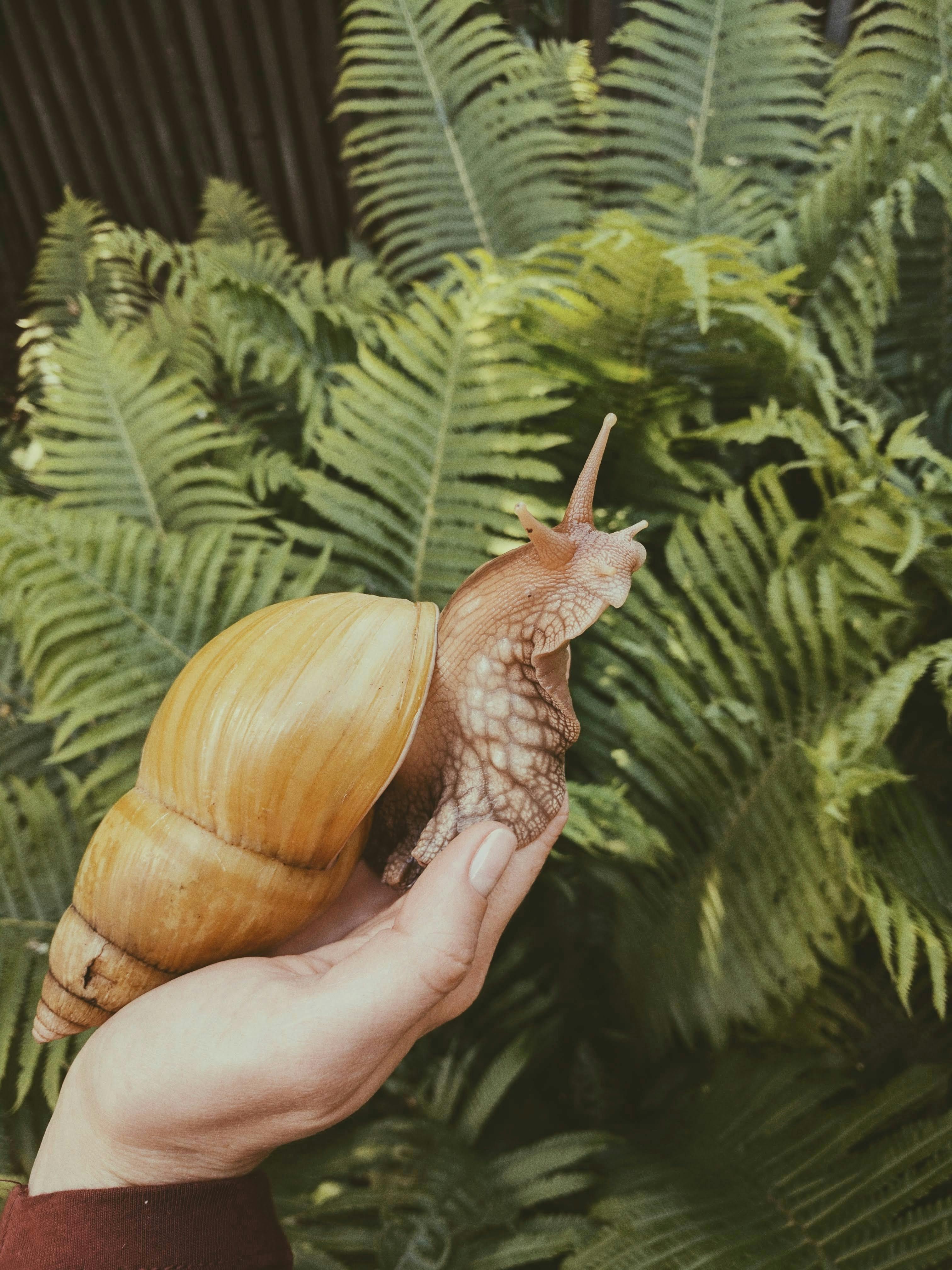Unraveling the Enigma of Snail Sleep Patterns
Slithering silently through gardens and forests, snails have long captivated our imagination with their slow-paced lifestyle. But beneath their seemingly simple existence lies a fascinating world of complex behaviors, particularly when it comes to their sleep patterns. This article delves into the intriguing realm of snail slumber, exploring the unique ways these gastropods rest and recharge.

Decoding Snail Sleep Cycles
Researchers have discovered that snails typically sleep in bursts of 13 to 15 minutes, followed by brief periods of activity. This pattern repeats itself seven times over a 24-hour period, resulting in a total of about two to three hours of sleep per day. During these sleep sessions, snails become less responsive to external stimuli, their tentacles retract, and their foot muscle relaxes, causing them to detach slightly from surfaces.
The Role of Hibernation in Snail Rest
In addition to their daily sleep patterns, snails also engage in a form of long-term rest known as estivation. This state, similar to hibernation in mammals, allows snails to survive harsh environmental conditions. During estivation, snails secrete a layer of mucus that hardens into a protective covering called an epiphragm. This seal helps prevent dehydration and protects the snail from predators while it remains dormant for weeks or even months.
Environmental Factors Influencing Snail Sleep
Snail sleep patterns are heavily influenced by their environment. Factors such as temperature, humidity, and light exposure all play crucial roles in determining when and how long a snail will sleep. For instance, during hot, dry periods, snails may enter a state of dormancy to conserve energy and moisture. Conversely, in optimal conditions with ample food and water, snails may reduce their sleep time to take advantage of favorable circumstances.
The Evolutionary Advantages of Snail Sleep Patterns
The unique sleep patterns of snails have evolved over millions of years, providing several advantages for survival. Their polyphasic sleep allows them to remain vigilant against predators while still obtaining necessary rest. Additionally, the ability to enter extended periods of dormancy enables snails to survive in a wide range of habitats and climates, contributing to their successful distribution across the globe.
Implications for Human Sleep Research
Studying snail sleep patterns offers intriguing insights that may have implications for human sleep research. The ability of snails to function effectively with fragmented sleep periods challenges our understanding of sleep requirements. Some researchers speculate that exploring the mechanisms behind snail sleep could lead to new approaches in treating sleep disorders or developing strategies for managing sleep in high-stress environments.
In conclusion, the sleep patterns of snails represent a fascinating area of study that continues to surprise and intrigue scientists. As we unravel the mysteries of these tiny creatures’ slumber, we gain valuable insights into the diverse ways that sleep manifests across the animal kingdom. The humble snail, it seems, has much to teach us about the nature of rest and adaptation in the face of environmental challenges.





